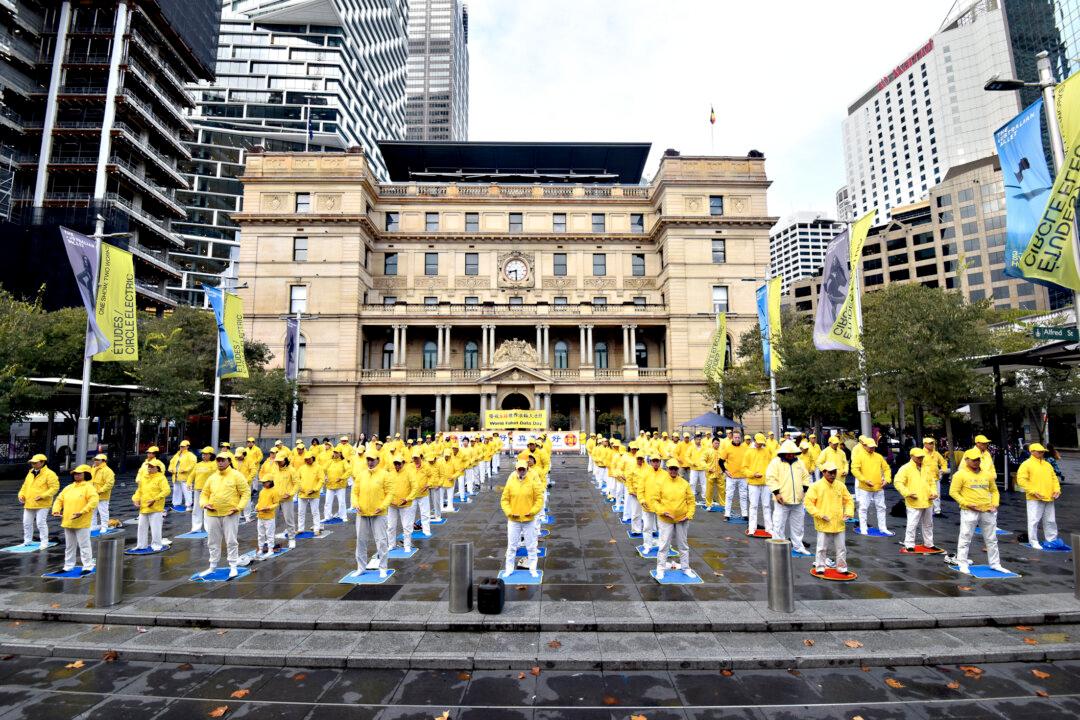Australian federal finance minister Mathias Cormann has indicated that the government would offer more incentives encouraging businesses to invest and thus hire more workers.
The message came as the nation is bracing for an uphill battle to keep the economic recovery on track as the second wave of COVID-19 causes a sweeping lockdown in Victoria.





